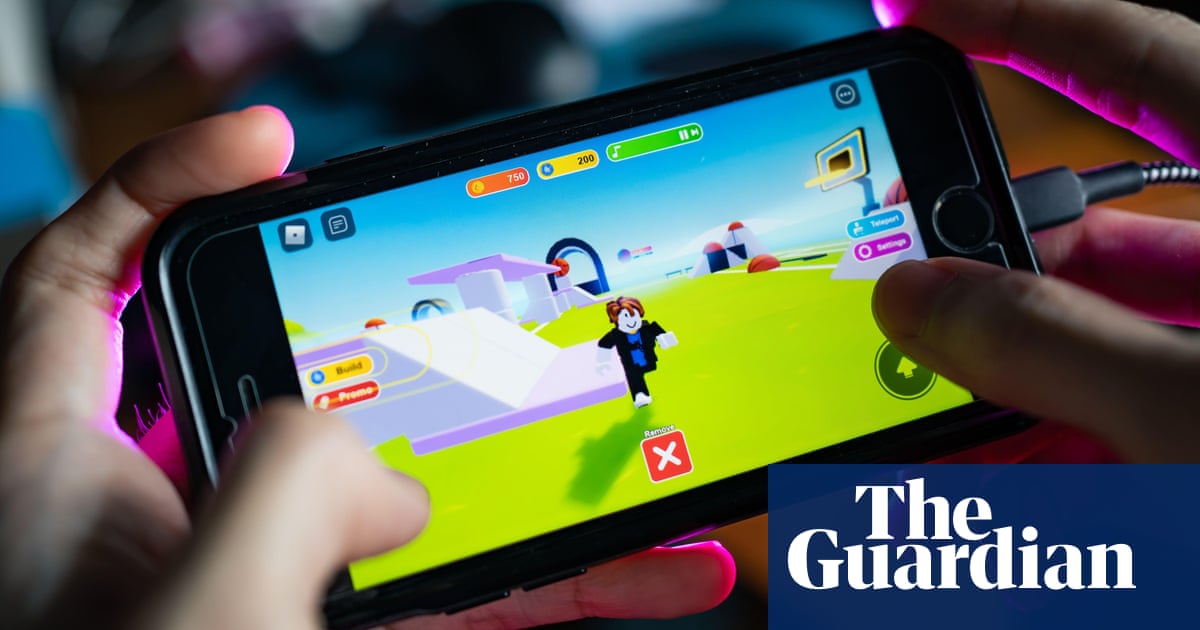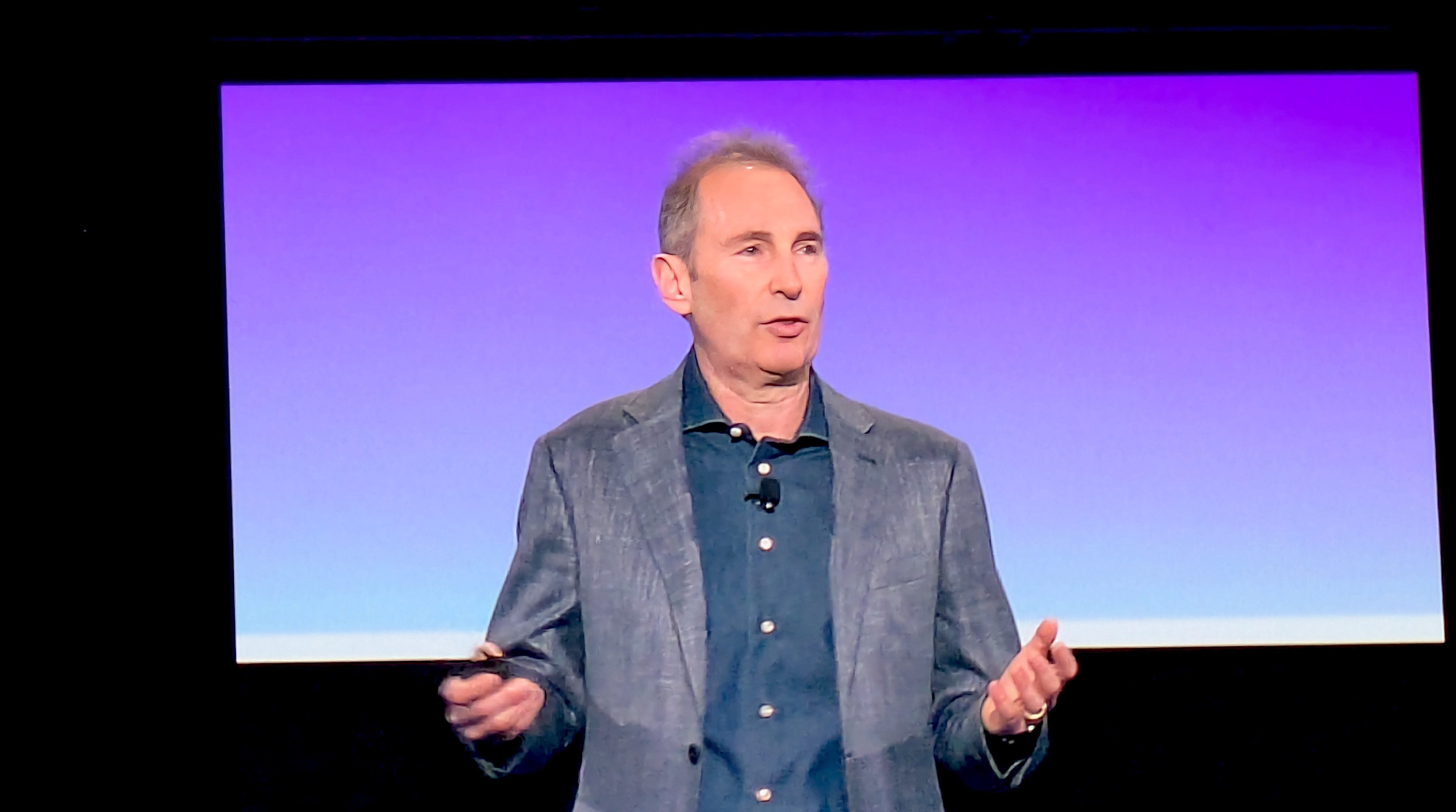Over the last decade, Dean has amassed a healthy collection of video games, from smash hits to cult classics. His digital library is like a modern day Blockbuster, all readily accessible with just a click or two. But his son, Sam, has eyes for only one video game: Roblox, the behemoth virtual universe-slash-video game that’s among the most popular on the planet.
The company reports that more than 97 million people log on to Roblox every day. Around 40% of those are, like Sam, under 13 years of age. In 2024, Roblox generated around A$5.6bn (US$3.6bn) in revenue, largely through purchases of “Robux”, its virtual currency, with the average user dropping around A$25 per month.
While much attention has been paid to children’s use of Roblox in terms of exposure to bullying, inappropriate and even abusive content, a new report has raised concerns about the impact of video game monetisation on children.
Meanwhile, some experts claim Australia’s current classification system does not go far enough in helping child video game players and their parents navigate confusing monetisation systems.
Dark design patterns – which aim to steer player behaviour – have come under scrutiny in two new reports by Australian researchers. Such features encourage users to spend money, often obfuscating their value or using confusing virtual currencies and can be difficult for children to fully comprehend.
One recent report by Monash University and think tank the Consumer Policy Research Centre (CPRC), which focused on players aged 18 years and older, highlighted that games designed with dark patterns are almost unavoidable. Of 800 survey respondents, 83% had experienced “negative impacts” of these patterns and 46% had experienced some kind of financial detriment; more than a quarter said they felt pressured to buy something, and 30% had spent more on a game than they had intended.
A separate new study, by researchers at the University of Sydney, has attempted to examine how children – who make up one-fifth of the gaming population – perceive these mechanisms and how to ensure video games are more appropriately designed for them.
“There’s a tendency for issues around children’s digital media use to become media-panicky and lead to policy decisions which haven’t taken children’s actual experiences into account,” says Taylor Hardwick, the lead author of the study.
Hardwick and her team conducted interviews with 22 children, aged between 7 and 14 years of age, as well as their parents. Each child was given a $20 debit card and told they could spend it however they like – they just needed to explain what they were buying and why.
Eighteen of the 22 children in the cohort played Roblox and 12 decided to spend their entire $20 in the game, buying up Robux. Another five children used it in other digital games such as Call of Duty, Fallout 76 and Minecraft.
Children in the study reported being most concerned about feeing misled, frustrated or regretful of their purchases, particularly when they lose access to accounts or items without warning or recourse.
Sam’s father says Sam has spent around $400 on Roblox annually over the last four years. A few months ago, one of his purchases left him feeling dejected.
Sam had used some of his Robux to buy a “skin” – essentially a digital costume — of Godzilla in an extremely popular Roblox game called Kaiju Universe. But when he signed into the game, the skin had disappeared without warning. Toho, the copyright holder for the Godzilla licence, had shut down the game, leaving Sam without the digital skin. He did not receive a refund from Roblox.
But it is children’s engagement with “random reward mechanisms” (RRMs) that the Sydney University researchers highlighted as one of the major problems. RRMs such as loot boxes provide players a chance to score a mystery item in a lottery or lucky-dip style “draw”.
While the children in the study “accepted” that RRMs were part of the gaming experience, many did not like it.
“Children do not possess sufficient understanding of probability as well as risk to effectively navigate these aspects of their digital play, even if they are able to speak in the game’s percentage-laden vernacular,” the authors wrote. “RRMs and similar gambling-like mechanics are harmful and not appropriate in games for children.”
They recommend removing RRMs entirely, easier access to refunds, stronger protections on children’s accounts and greater transparency and flexibility with virtual currencies.
Christopher Ferguson, a psychologist at Stetson University, said the study is interesting but pointed out it uses a small sample size. He was not convinced by the researchers’ definition of “harm” either; although children might feel scammed or tricked, he suggests the monetisation aspects they are encountering may be more an annoyance than a harm.
“I’m glad that researchers are actually asking kids what they think about the experience,” he says, “but I think we ought to be a little bit more cautious about the word ‘harmful’.”
after newsletter promotion
Australia has attempted to keep children from monetised RRMs by implementing a new classification scheme which came into force in September 2024. Now, any game containing RRMs or loot boxes must be rated M and not recommended for children under 15 years of age.
But the new rules only apply to newly classified games, and older games were not required to update their classification – unless the developer updates the game.
Leon Xiao, a researcher at City University Hong Kong who studies the regulation of loot boxes, says that Australia has “an implementation issue, rather than a problem with the law itself.” He claims some video games have been incorrectly rated after the new legislation kicked in and suggests the intent of the law to better educate consumers has failed.
Preliminary research by Marcus Carter, a co-author on the University of Sydney study, suggests around 20% of the Top 100 grossing mobile games in the Apple App Store and Google Play Store do not comply with Australian regulations. Hardwick and Carter recently wrote Australia’s new guidelines are “not fit for purpose.”
Roblox, with its mountains of user-generated content, is a prime example of the confusion in the ratings. Xiao argues “Roblox most certainly should now be rated M or not recommended for players under 15.” But the game is rated PG on the Google Play Store.
Meanwhile on Apple’s App Store, the regional age rating is 15+. The latter also contains a global age rating, provided by Apple, of 12+.
A Roblox spokesperson told Guardian Australia that creators must use its PolicyService API to ensure they are compliant in all jurisdictions and this ensures “paid random items are accessible only to eligible users”. An update sent to developers in September 2024 would make paid random items unavailable to Australian users.
“As a user-generated content platform, we provide our developer community with tools, information and guidelines that apply to aspects of gameplay within their games and experiences, including the recent classification update in Australia relating to paid random items,” a Roblox spokesperson said.
“We take action on reports of content not following guidelines or not using our tools properly to meet local compliance requirements in Australia.”
The company says it gives parents information about their children’s purchasing behaviour, does not store billing information as default and issues warnings – at the first transaction – that users are spending real money. Parents are also alerted in email about high spending behaviour.
“Our parental controls feature enables parents and caretakers to receive spending notifications for their child’s spending in Roblox and set monthly limits on their child’s account,” the spokesperson said.
Hardwick says monetisation is difficult for “busy, underinformed and under-resourced” parents to navigate. She says they are not being given the tools to understand and approach their kids’ in-game spending.
Dean is doing his best to buck that trend with Sam, discussing with his son what Sam’s spending his Robux on and why. He says Sam is still sore about the Godzilla skin, but has moved on to a gardening game, where he can spend Robux on buying new seeds – and where Sam assures him there’s no loot boxes involved.
* names have been changed










